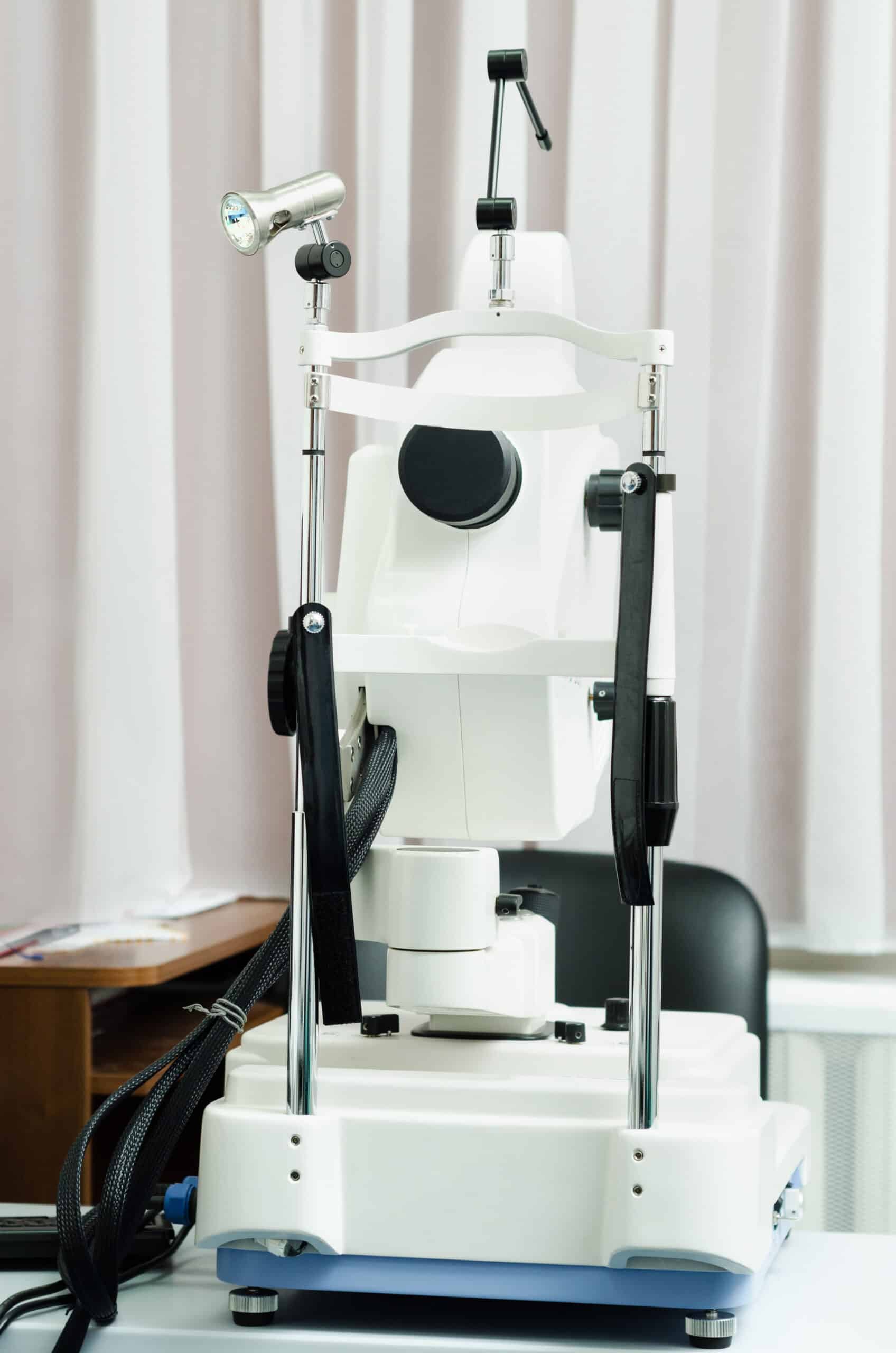“In the past, clinical research in the field of uveitis has been hampered by the lack of widely-accepted and validated diagnostic criteria,” said Douglas A. Jabs, M.D., M.B.A., the SUN project leader and professor of epidemiology and ophthalmology, Johns Hopkins Bloomberg School of Public Health, Baltimore. “These classification criteria are a major step forward for epidemiological studies, translational studies, pathogenesis research, outcomes research, and clinical trials. They hopefully will yield better disease-specific approaches to diagnosis and treatment.”
In uveitis, inflammation can be seen in the anterior chamber (anterior uveitis), vitreous (intermediate uveitis), choroid, or retina (posterior uveitis), or all of these (panuveitis). Disease course, complications of uveitis, and the effect on vision vary dependent on the specific disease. Some uveitis appears abruptly and resolves. But many cases are recurrent or chronic, requiring long-term therapy. Symptoms may include floaters, vision loss, pain, and light sensitivity. Uveitis can strike at any age and can have a major impact on quality of life.
Until recently, classification of uveitis was based on the primary location of inflammation. However, types of uveitis affecting the same anatomic location can have different causes, courses, prognoses, and treatment needs. Previous work by the SUN Working Group demonstrated that even uveitis experts can disagree on diagnosis, making apples-to-apples comparisons difficult when conducting clinical research.
“The agreement among uveitis experts on the diagnosis of individual diseases was modest at best. So, we set off to try to provide clarity, using informatics, formal consensus techniques, and technology to assist in classifying each uveitic disease,” said Jabs.
The SUN Working Group, a team of nearly 100 international uveitis experts from more than 20 countries and 60 clinical centers, worked together throughout the project, which was conducted in four phases: informatics, case collection, case selection, and machine learning. The researchers used machine learning, a type of artificial intelligence, to help them identify the important characteristics that distinguished each disease.
The informatics phase involved standardizing language to describe each type of uveitis and the mapping of terms to individual diseases. In the case collection phase, the team entered 5,766 cases into a database, averaging 100-250 of each uveitis type. During the case selection phase, committees of nine uveitis experts reviewed the cases and used formal consensus techniques to determine whether they were a specific identifiable disease. Only cases with a more than 75% agreement among experts were included in the final database. The resulting cases (4,046) were put through machine learning using multiple approaches on a subset of the cases (“training set”) and the performance of the criteria determined on a second subset of the cases (the “validation set”).
The overall performance of the criteria was over 90% within uveitic class, suggesting that the criteria can be used in clinical and translational research. The final step was approval of the proposed criteria by the SUN Working Group.
“The SUN Working Group is excited about this unprecedented effort coming to fruition and the publication of this work, as it should provide the basis for future clinical research in the field of uveitis.” concluded Dr. Jabs.
The work was supported by grant R01 EY026593-05.




